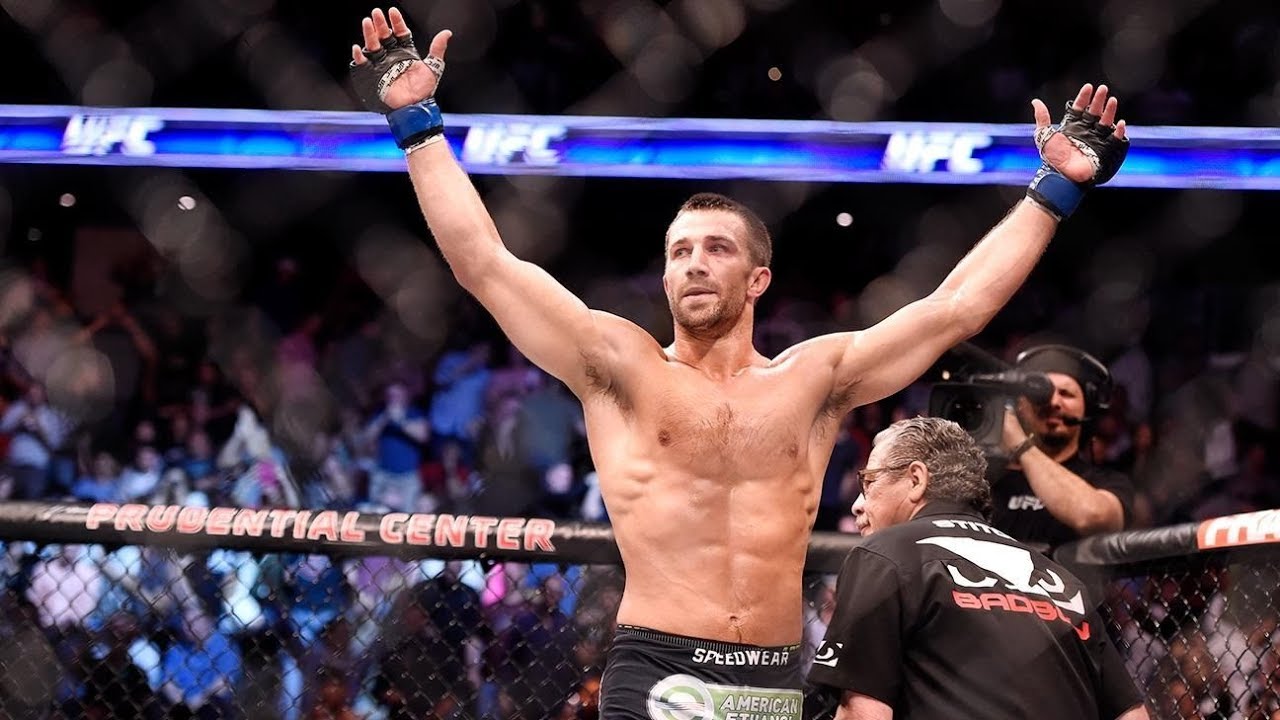This is always tough to do. Within competition, it's easy to catalog what is changing, which leads to a catalog of changes worth making. You also get to test out small changes regularly to see if they seem useful. For self-defense use, it's usually unclear where small changes should happen, and so there's usually a stasis lag until there's an apparent need for bigger changes (see all the places that have added some sort of takedown defense or groundwork to their curriculum over the last decade or two).
The base problem is that there's no clear catalog of what you'll be up against. If I want to train for a BJJ competition, I can go watch a few and see what I need to be prepared for. It'll be a reasonably recognizable body of work (obviously, while preparing, I'll have to keep watching what's going, because of the constant change). If you watch 1,000 different self-defense situations on video, you'll see a small number of overlapping bits, and a large variety around them. What's withing that small core doesn't really change much. But the wider range around it changes in ways that are hard to track.


